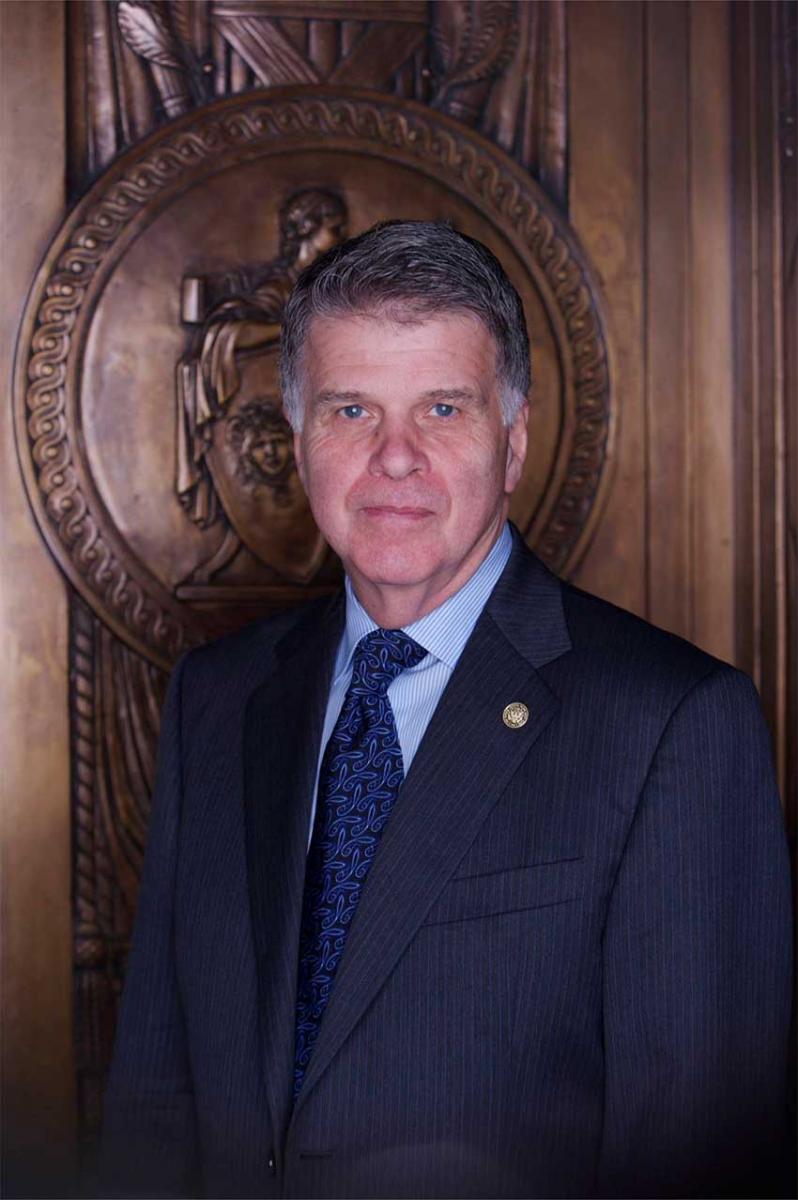
Prepared Remarks of Archivist of the United States David S. Ferriero at the groundbreaking ceremony for the George W. Bush Presidential Library, Southern Methodist University, Dallas, Texas
November 16, 2010
Thank you, Mark.
President and Mrs. Bush, Vice President Cheney, and other distinguished guests on this platform and in the audience. On behalf of all of us at the National Archives, Sharon Fawcett, the Assistant Archivist for Presidential Libraries; Alan Lowe, director of the George W. Bush Library; and the wonderful Library staff I want you to know how proud we are to be in Dallas today.
The Presidential Library system was created along with the National Archives during the administration of President Franklin Roosevelt . The intent from the beginning was to have the Presidential Libraries throughout the country where scholars and school children could learn about their government, the Presidency, and service in government.
The George W. Bush Library is the 13th presidential library to be administered by the National Archives. The other 12 libraries have built a foundation upon which this library will build in the years to come, but this library will be the best yet and will have features the others do not have.
And a nod from this librarian to another librarian, Laura Bush, for your fine work in making this the best ever!
First, in addition to large paper, artifact and digital photos, the Bush Library has nearly 80 terabytes of electronic information, including more than 200 million e-mails. And as you told me in June when we met, Mr. President, Not one of them yours! This is the first presidential library with a major digital collection, a collection that is larger than the holdings of all other presidential libraries combined. Having an archive of electronic records this size and complexity poses new preservation and processing challenges to us.
These challenges will require new solutions and innovations. This information is of tremendous value and will be of interest to generations of researchers and the general public.
Second, the museum at the Bush Center will be quite unique, engaging audiences directly in experience. The galleries will be arranged by examining key presidential decisions and exploring the four principles of freedom, responsibility, opportunity and compassion that President Bush has enunciated.
Within that framework, the exhibit will also show the decision-making process the President followed when facing the many challenges of his Administration. The museum will employ interactive and digital technology to reach our diverse audiences both on site and virtual.
And finally, the Library will benefit greatly through its close partnerships with the Bush Institute and with SMU.
With the Institute, we look forward to working with its fellows on research, taking part in its programs, and showing the students who come here the work the Institute is doing around the nation and world.
At the same time, we are proud to be a member of the SMU family, and we greatly appreciate the wonderful welcome we have received from the faculty and students here. Under the leadership of President Gerald Turner, and with great students like Jake Torres, SMU has reached out to the library in so many ways. We look forward to the many partnership opportunities ahead with students and faculty.
Throughout the presidential library system, we seek to educate and to inspire. We believe that from civic understanding comes civic engagement, and the National Archives is proud to be part of that important effort.
Now, I’d like to thank President Turner for his leadership and bring him to the podium.
 The Archivist of the United States is the head of our agency, appointed by the President of the United States.
The Archivist of the United States is the head of our agency, appointed by the President of the United States.